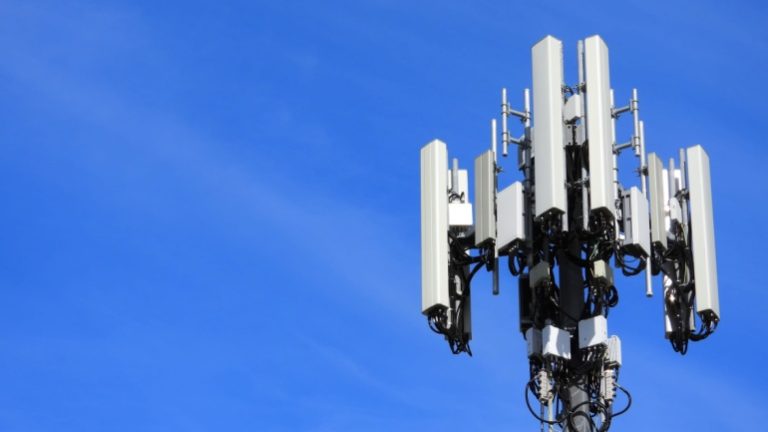
BT has recently unveiled details on how they plan to methodically cease the traditional Public Switched Telephone Network (PSTN) and implement the Internet Protocol (IP)-powered Digital Voice service as a substitute. Their plan, put to the test earlier this year in East Midlands, Yorkshire, and Northern Ireland, is set to continue in a region-based phased rollout. Consequently, a full shutdown of the national PSTN is anticipated by 2025.
Let’s take a look at the timelines. West Midlands, South East, Wales, and East Anglia are set to witness the switch between Autumn 2023 and Spring 2024. Subsequently, North East, Scotland, and the South West will undergo the change in the summer of 2024.
PSTN, BT’s now aging copper network, has been facilitating analogue landline phone calls across the nation and supporting other older technologies, such as CCTV and alarm systems. However, as mobile services, messaging apps, and internet calls gain traction, the PSTN network is on the road to obsolescence.
Modern communication services universally overshadow those offered by PSTN in terms of reliability, flexibility, and energy efficiency. This has led to a global trend of moving away from PSTN. For instance, markets like the Netherlands, Germany, and Estonia have successfully transitioned to digital voice.
In light of this, BT jump-started their phase-out process earlier, but faced a minor setback in March when Storm Eunice led to power outages, consequently leaving some customers stranded from reaching emergency services via their new IP-based voice service.
This time around, BT adopts a more wary approach, opting not to move customers to digital voice who may require extra assistance. Aiming to ease the transition, BT has organised numerous events and advertisements, urging customers to query any concerns related to the switchover.
Lucy Baker MBE, All-IP Director, BT Consumer mentioned, “Through the work with our Digital Voice Advisory Group and our regional engagement, we’ve held 40 events, placed local radio and newspaper ads and met over 4,000 customers in person.” She further noted, “We understand that any change can be unsettling, and we’re here to support our customers every step of the way.”
Brief discomfort might be in store for some customers while making the switch. However, for most, the move to digital voice will simply entail connecting their phone handset to their broadband router as opposed to the conventional wall socket.




